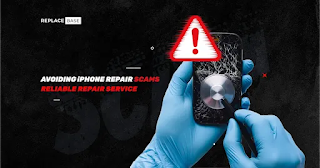How to Choose the Best Quality iPhone LCD vs OLED Screen
Selecting the best-quality iPhone LCD or OLED screen involves understanding the key differences between these technologies and how they impact user experience.
LCD (Liquid Crystal Display) screens have been a staple in many iPhones for years, offering reliable performance with good brightness and colour accuracy.
In contrast, OLED (Organic Light Emitting Diode) screens provide superior display quality with higher contrast ratios, deeper blacks, and more vibrant colours. These screens do not require a backlight, making them more power-efficient and contributing to longer battery life.
However, OLED screens are generally more expensive and may be more susceptible to burn-in over time than their LCD counterparts.
When choosing a replacement screen, an iPhone screen replacement guide with several factors should be considered to ensure you get the best quality. Resolution and clarity are paramount for sharp, clear images and text, so look for screens with high pixel density.
Brightness and colour accuracy are also crucial, especially for outdoor or media consumption. Verifying the screen's build quality and durability is essential, often indicated by materials such as Gorilla Glass.
Additionally, touch sensitivity and responsiveness significantly affect the user experience, making testing or reviewing these aspects vital before purchasing.
Where you buy your screen is just as important as the screen itself. Authorized retailers, such as the Apple Store or certified vendors, guarantee genuine and high-quality screens.
Reputable third-party vendors and online marketplaces can also be viable options. Still, it's essential to research thoroughly, read reviews, and verify seller credibility to avoid counterfeit or low-quality products.
Investing in a high-quality screen may come at a higher initial cost but will ensure better performance, durability, and overall satisfaction with your iPhone.



Comments
Post a Comment